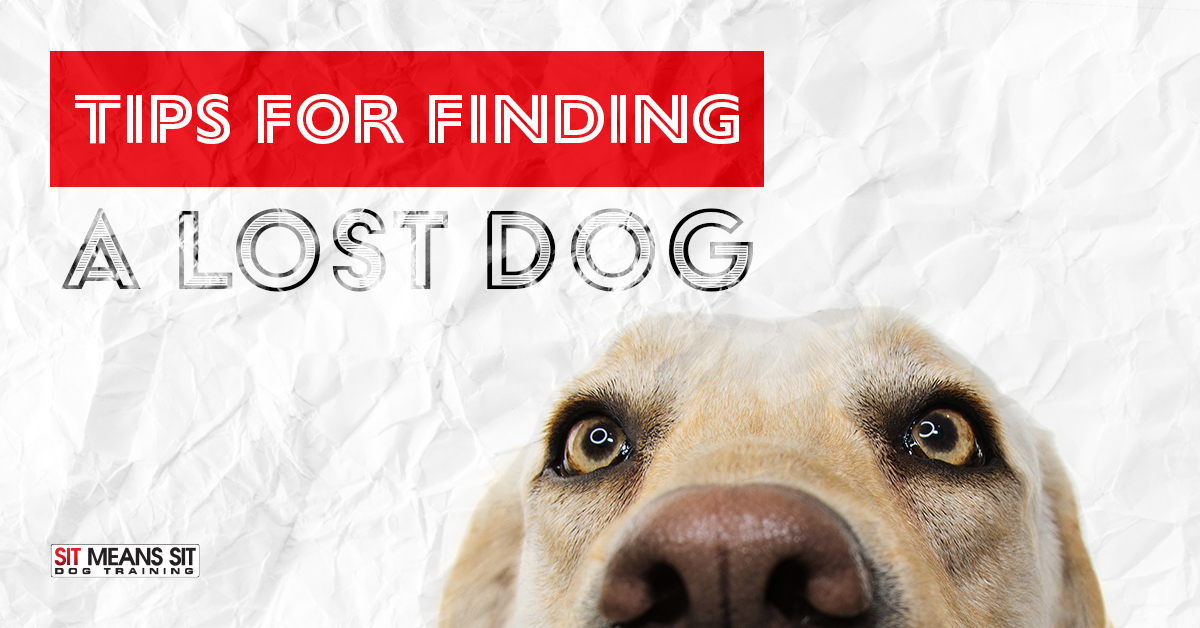
Tips for Finding a Lost Dog
The panic that onsets when you lose your favorite furry friend is terrifying and can lead to confusion surrounding the next steps to take to find them. If you do end up losing your dog, try to remain calm and follow these steps to make sure that you can find them as soon as possible.
Keep Track of the Time and Place
As with most lost things, if your dog goes missing, the first thing you should do is retrace their steps. Figure out the time and place that you last saw your dog, and think of logical places for them to have gone since being where you last saw them. This can help you retrace their steps, even if you’re not sure where your dog is now. This will also be helpful should you need to alert neighbors or the neighborhood police.
Use a Search Party
When your dog goes missing, you should never be looking for them alone. Ask your neighbors to be on the lookout for your dog and to alert you as soon as they see your furry friend. Gather family and friends and walk around your neighborhood, calling and whistling for your dog. If you have multiple people looking, you can even split into different groups and go different directions to find your dog. Bring leashes and treats to make it easy for friends and family to lure your dog back home.
Alert Your Vet and Local Police
If your dog is microchipped, call your vet and ask for the microchip number if it’s not handy. They can alert the microchip registry to track down your pup. The local police will be a useful resource for tracking your dog down, especially if you can give them a detailed description of your pup and their last whereabouts. The local police will also help get the word out to other animal shelters and rescue groups in your area. Before alerting the police, you should make sure that you’ve exhausted all of your own resources and ideas about where your dog could be.
Update Your Dog’s Identification
Your dog’s ID tags should always be up-to-date and on their body. Tags should have your name, their name, your current address and phone number, and if possible, your vet’s name and phone number as well. Tags may seem annoying and unnecessary, but it’s the primary way that others can return your dog to you if lost. You never know when your dog’s tags could come in handy.
Losing your dog is terrifying, but there are steps you can take to find them as soon as possible. Your dog will be back in your arms, safe and sound, in no time!
